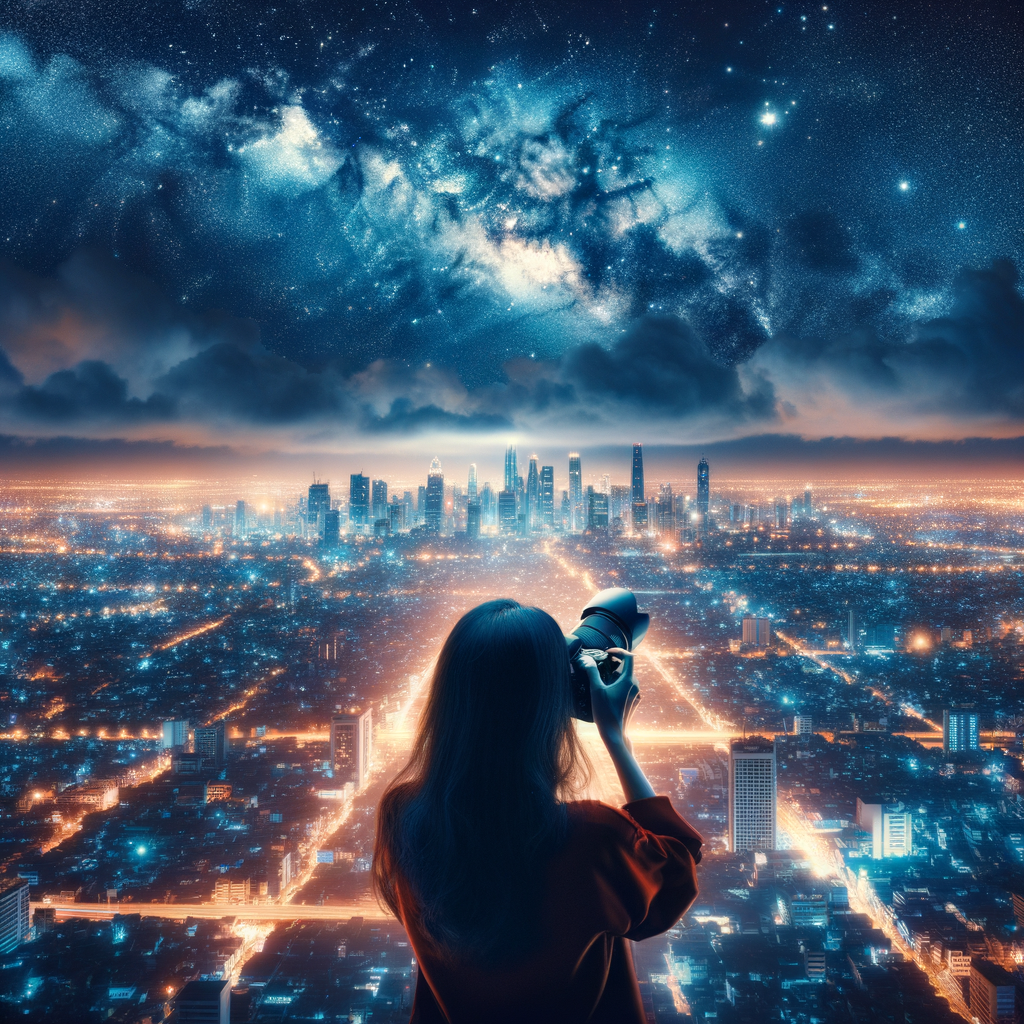
Night photography has always fascinated people with its mystery and magic. It reveals a new world filled with bright lights and shadows that can tell many stories. In this article, we will explore the key elements that will help you become a master of night shooting, from choosing the right equipment to shooting techniques and post-processing.
To master night photography, it is important to understand how light works in the dark. Night shots can include urban landscapes, starry skies, glowing roads, and even more abstract elements like light trails. You need to learn how to use long exposure to capture movement and create a blur effect that will give your images uniqueness.
Firstly, you will need a good camera capable of functioning in low light conditions. This can be either a DSLR or a mirrorless camera. It is essential that your camera has manual controls for shutter speed, ISO, and aperture. Also, pay attention to fast lenses with a maximum aperture of f/2.8 or faster to maximize the amount of light hitting the sensor.
Another critical element of night shooting is a tripod. It not only stabilizes the camera but also allows the use of longer exposures, which is necessary for quality shots. Without a tripod, your photos may end up blurry and out of focus, especially when using long exposure.
Once you're on location, choose a composition that emphasizes interesting elements of the light display. Whether it's reflections in water or bright lights on the horizon, it’s worth using lines and shapes to create a dynamic frame. Play with shooting angles: sometimes the best spot might be slightly off to the side of the main point of interest.
Dynamic shots in a night street can be challenging but very exciting. By using the “panning” technique, you can capture the movement of cars passing by! Set your camera to a short exposure and follow moving objects to create a blur effect in the background while keeping the subject sharply in focus.
When it comes to post-processing, remember that night photos might need color temperature correction. Try experimenting with the settings in Lightroom or Photoshop to achieve the effect you desire. Increasing contrast can help highlight details and create a dramatic effect.
In conclusion, night photography is not just an art but a science. Experiment with different techniques, observe how light behaves in the dark, and don't be afraid to push beyond the ordinary. Good luck in your quest for perfect night shots!


